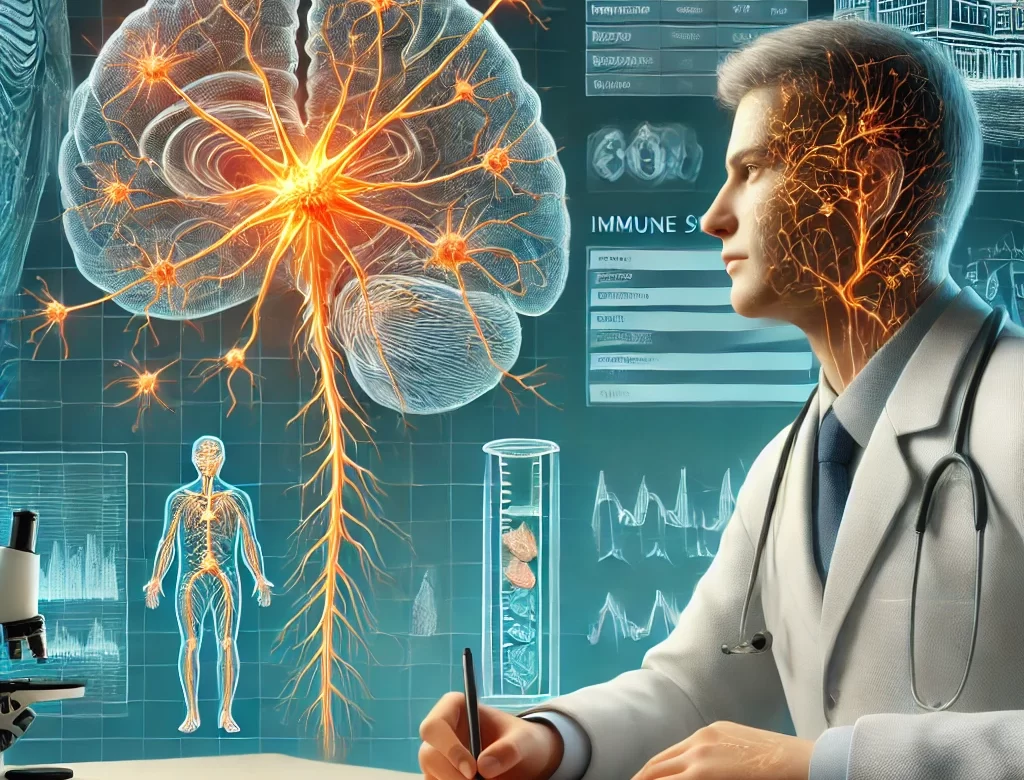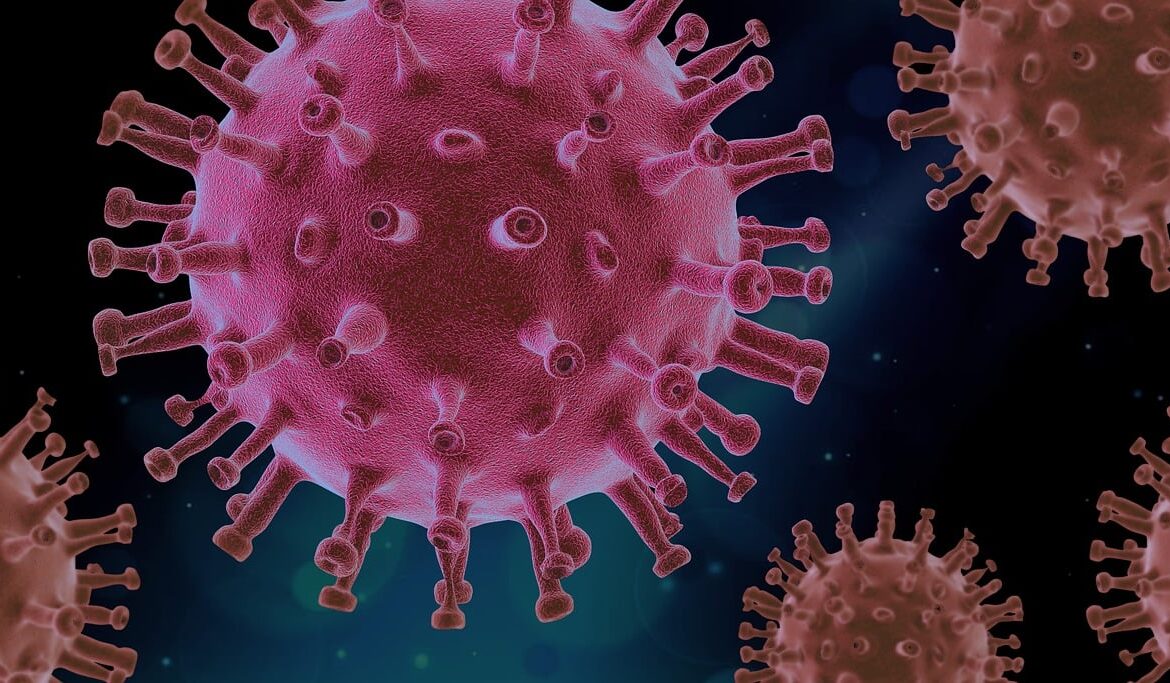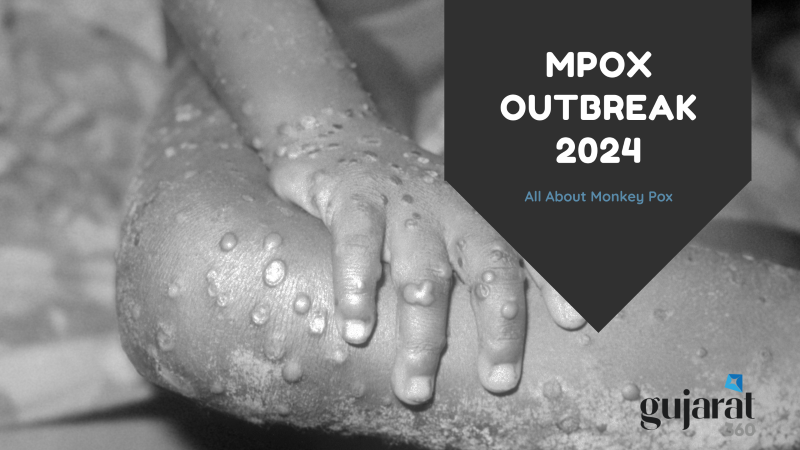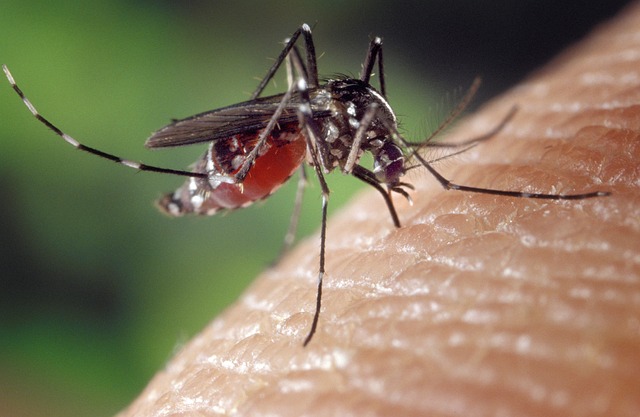Understanding Guillain-Barre Syndrome: A Growing Concern in Pune and Its Relevance for Gujarat
In recent weeks, a worrying outbreak of Guillain-Barré Syndrome (GBS) has been reported in Pune, resulting in 111 confirmed cases and one fatality. As health officials work to contain the spread, concerns are growing across India, including in Gujarat, where residents must stay informed and take preventive measures. In this blog, we will explore what GBS is, its symptoms, causes, prevention, and what Gujarat residents can do to stay safe.
What is Guillain-Barré Syndrome?
Guillain-Barré Syndrome (GBS) is a rare but serious autoimmune disorder in which the body’s immune system attacks the peripheral nervous system, leading to weakness, numbness, and paralysis. While the exact cause remains unclear, GBS is often triggered by viral or bacterial infections, including COVID-19, dengue, and flu. In rare cases, it has been linked to vaccinations or surgery.
Should You Be Concerned for GBS?
While the outbreak is currently concentrated in Pune, Gujarat’s close economic and social ties with Maharashtra make awareness crucial. The high mobility of people between Ahmedabad, Surat, Vadodara, and Pune increases the risk of cases appearing in Gujarat. Moreover, previous outbreaks of viral infections such as dengue and chikungunya in Gujarat could contribute to increased susceptibility to GBS.
Symptoms of Guillain-Barré Syndrome
GBS symptoms can develop rapidly and worsen over a few days or weeks. Some common signs to watch for include:
- Tingling sensations or numbness in the legs, which may spread to the arms and upper body.
- Muscle weakness leading to difficulty in walking or standing.
- Loss of reflexes in the arms and legs.
- Difficulty breathing in severe cases.
- Pain or cramping in affected areas.
- Temporary paralysis, which, if untreated, can become life-threatening.
How is GBS Diagnosed?
If you or a loved one experiences any of the above symptoms, it is crucial to seek immediate medical attention. Doctors typically diagnose GBS through:
- Neurological examinations to assess muscle strength and reflexes.
- Lumbar puncture (spinal tap) to check for increased protein levels in the cerebrospinal fluid.
- Electromyography (EMG) to evaluate nerve function.
- Nerve conduction tests to assess electrical signal transmission in nerves.
Treatment Options for GBS
Although there is no known cure for GBS, early treatment can help manage symptoms and speed up recovery. Common treatment methods include:
- Plasma Exchange (Plasmapheresis): This procedure removes harmful antibodies from the blood.
- Intravenous Immunoglobulin (IVIG): A treatment that helps regulate the immune system by providing healthy antibodies.
- Physical Therapy: Helps regain muscle strength and mobility after recovery.
- Supportive Care: Includes respiratory support for severe cases, pain management, and rehabilitation.
Prevention and Safety Measures for Gujarat Residents
While GBS itself is not contagious, it is often triggered by infections. To reduce the risk:
- Maintain proper hygiene: Wash hands frequently and avoid touching the face unnecessarily.
- Stay protected against infections: Get vaccinated against flu, dengue, and COVID-19.
- Boost your immunity: Eat a balanced diet rich in vitamins and minerals.
- Avoid self-medication: Taking unnecessary antibiotics or steroids may weaken the immune system.
- Seek medical help early: Do not ignore symptoms like muscle weakness, tingling, or difficulty walking.
Government and Public Health Response
The Maharashtra health department has sought assistance from national experts in Delhi and Bengaluru to assess the situation and implement safety measures. If similar cases emerge in Gujarat, the state health authorities are expected to issue guidelines and increase surveillance to prevent an outbreak.
What Should You Do If You Experience Symptoms?
If you or someone you know shows signs of GBS:
- Immediately consult a neurologist at a nearby hospital.
- Avoid self-diagnosis or home remedies and seek professional medical attention.
- Report travel history, especially if you have recently been to Pune or other affected areas.
- Stay updated with government advisories regarding GBS and related infections.
Stay Safe from GBS
Guillain-Barré Syndrome is a rare but serious condition that requires early detection and prompt treatment. While Pune has seen a surge in cases, Gujarat must remain vigilant to prevent and manage any potential cases effectively. By staying informed, practicing good hygiene, and taking preventive healthcare measures, we can collectively ensure the safety and well-being of our communities.
Let us spread awareness and stay protected against this growing health concern. Stay safe, Gujarat!


















